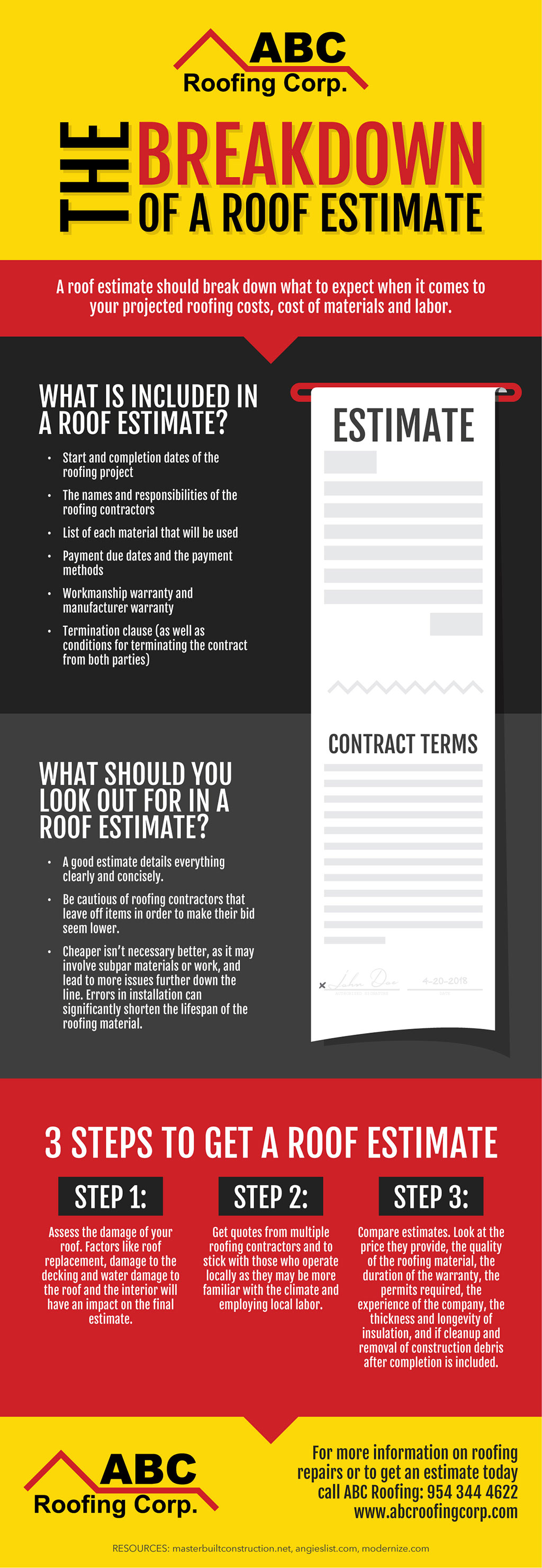Understanding The Prices Of Solar Setup: Is It Worth The Financial Investment?
Understanding The Prices Of Solar Setup: Is It Worth The Financial Investment?
Blog Article
Post Created By-Oliver Barbee
When thinking about the costs of solar installment, you might wonder about the upfront investment required and whether it aligns with the possible long-lasting advantages. Comprehending the complexities of these expenditures and the numerous elements affecting the overall return can clarify the worth recommendation of transitioning to solar energy. By assessing both the initial arrangement expenses and the predicted financial savings gradually, you can acquire insight right into whether the investment in solar installation holds pledge for your monetary future.
First Arrangement Expenses
When considering the expenses of solar setup, the first configuration expenditures play an important role in your decision-making process. These upfront costs consist of the price of solar panels, inverters, mounting devices, and installment labor.
The rate of solar panels can vary depending on the brand, effectiveness, and size you pick. Inverters are vital for transforming the sunlight's energy into useful electricity and be available in various types such as string inverters, microinverters, and power optimizers, each with its own expense ramifications.
Installing equipment, such as racks and rails, is required to firmly install solar panels on your roofing system or property.
The installment labor cost covers the professional installation of the planetary system, ensuring that everything is established correctly and effectively. Bear in mind that while these first arrangement costs may seem high, there are usually discounts, tax obligation incentives, and funding alternatives readily available to help balance out the prices and make solar installation a lot more economical in the future.
Long-Term Savings Analysis
To recognize the economic benefits of solar installation in time, it's critical to perform an extensive long-lasting financial savings evaluation. While the first arrangement costs of photovoltaic panels may appear overwhelming, the lasting financial savings can exceed these prices considerably. By harnessing the power of the sunlight to create electricity for your home, you can potentially conserve countless bucks on your utility costs over the lifespan of your solar system.
One of the essential variables to take into consideration in a long-lasting savings evaluation is the reduction in your electricity costs. With https://solar-panel-suppliers-nea87765.yomoblog.com/36551821/recognizing-the-effect-of-weather-condition-on-photovoltaic-panel-efficiency-important-information-to-take-into-consideration , you can produce your electrical energy, decreasing or even eliminating your dependence on the grid. This can lead to substantial savings, especially as energy prices remain to rise.
Furthermore, many federal governments use motivations such as tax credit ratings and rebates for setting up photovoltaic panels, further improving your lasting savings. By benefiting from these incentives and maximizing your solar power manufacturing, you can delight in considerable economic benefits for years to come.
Roi Computation
Taking into consideration the economic advantages of solar installation, it's time to analyze the Roi (ROI) calculation. Identifying the ROI entails contrasting the complete expenses of setting up a solar system with the economic benefits it generates over its life-span.
To compute ROI, divide the web make money from the system by the overall investment expense and multiply by 100 to obtain a portion. The ROI formula is: (Web Profit/ Overall Financial Investment Cost) x 100.
As https://solar-distributors43210.izrablog.com/30815997/selecting-the-ideal-solar-energy-supplier-for-your-residence-a-comprehensive-action , if the total expense of installing a solar system is $20,000, and over its life expectancy, it creates cost savings and profits completing $30,000, the net revenue would be $10,000. Splitting https://40-watt-solar-panel20875.blogginaway.com/30824475/addressing-common-misconceptions-about-solar-energy-what-homeowners-need-to-know by the complete financial investment price of $20,000 provides a ratio of 0.5. Increasing this by 100 gives an ROI of 50%.
Generally, https://www.gearrice.com/update/they-manage-to-increase-the-efficiency-of-conventional-solar-panels-by-250/ indicates a more financially fulfilling investment. Factors like federal government incentives, maintenance prices, and power cost variations can influence the ROI of solar installments. Recognizing the ROI helps in examining whether purchasing solar energy is worth it in the long run.
Conclusion
Finally, comprehending the costs of solar installation is crucial for determining if it is worth the financial investment. By thinking about preliminary arrangement costs, conducting a long-term financial savings evaluation, and determining the roi, you can make a notified decision about the financial value of solar power. With the possibility for minimized utility costs and increased energy independence, purchasing solar installation can be a clever selection for both your pocketbook and the setting.
